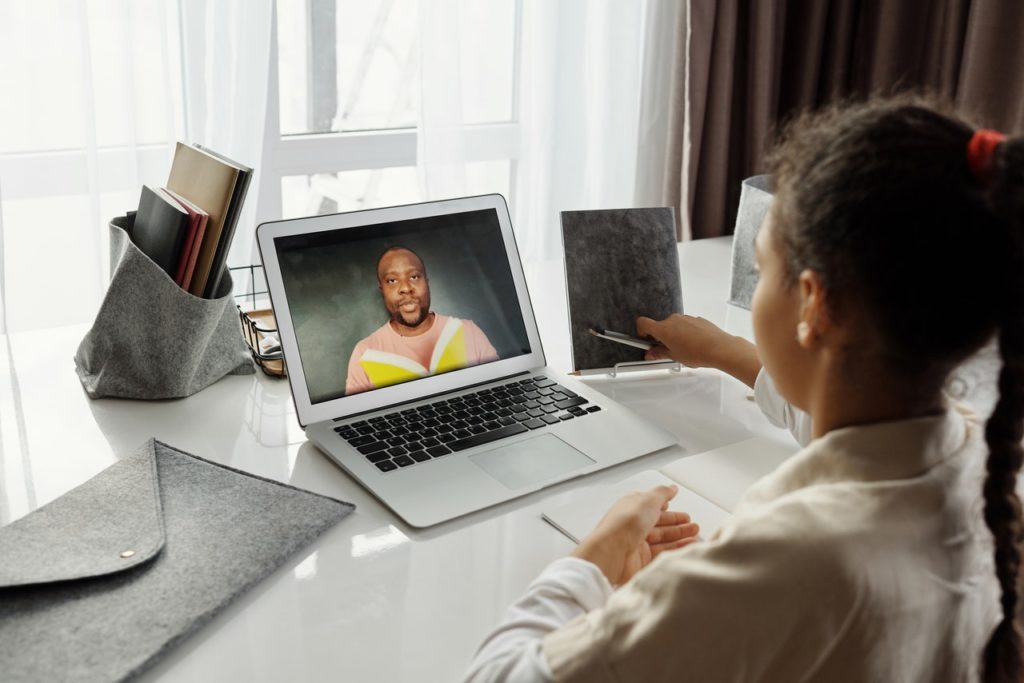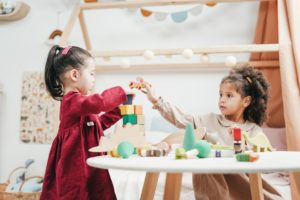Blended learning likely to be the way of future learning

Physical presence in a classroom may be replaced with webinars, giving the impression of a real-world classroom with teachers giving recorded lectures. Picture: Pexels
Blended learning has become increasingly popular in the past few years with teachers and pupils acknowledging its advantages.
It is variable in its combinations, but mixes education material that is available online with familiar classroom procedures.
Both pupil and teacher are present, but the pupil has some say about the time, place, medium and pace of the lessons.
Physical presence in a classroom may be replaced with webinars, giving the impression of a real-world classroom with teachers giving recorded lectures.
These webinars, mixed with electronic-based learning and with online multimedia courses, makes learning available at any time.
It is also beneficial to the student as the lecture can be played back, either for greater understanding or revision purposes.
READ | Get your matric learning back on track
Blended learning also makes it possible for learners to interact with fellow students (so social learning is part of the process) and instructors.
According to studies, blended learning leaves pupils with a better understanding of the content of courses.
It also saves costs, for example budgeting for travel, accommodation and the printing of educational material. Lessons can also be adapted to be more like game playing, although with an educational slant.
Points can be scored and competitions entered. Strategies can also be worked out. This combination makes lesson content easier to remember and enthusiastic.
Gamification takes something that is not actually a game but applies the same approach to problems. Students are encouraged to collaborate, share and be interactive.
Blended learning also makes it easier to track where students are in the learning process. Content can also be targeted towards specific groups, and with any webinar platform used.
ALSO READ | 5 Essential life skills to equip your child for the ‘real world’- Part 1
Attendance records are sent back to your LMS, so you don’t need to type this in manually.
The overall intention is to combine the best of the traditional and online approach to get learners to be more engaged. This is because it can involve presentations, case studies, simulations and group discussions.
It has been hailed as the way forward, with predictions that this approach will allow teachers to be more caring, inventive and to tackle problem solving.
This takes place through instant chat programmes. Repetitive tasks are lessened, allowing teachers more time for giving students coaching, feedback and mentoring.
As more universities and schools use this method, students will be more prepared for the workplace as their technological skills will be good.
The drawback is that disadvantaged groups are less able to take part in online courses.



